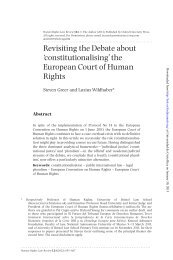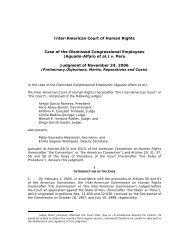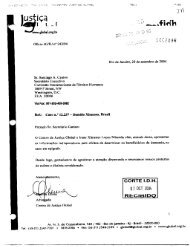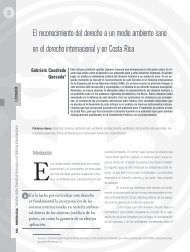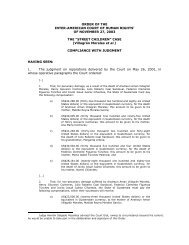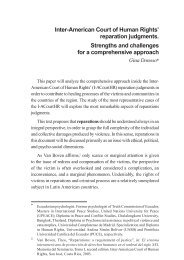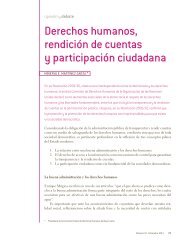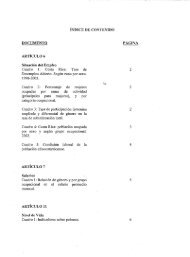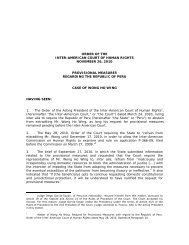The Political Economy of Japan Bradley M. RICHARDSON
The Political Economy of Japan Bradley M. RICHARDSON
The Political Economy of Japan Bradley M. RICHARDSON
- No tags were found...
You also want an ePaper? Increase the reach of your titles
YUMPU automatically turns print PDFs into web optimized ePapers that Google loves.
cleavage, plus conservative rule, was also one <strong>of</strong> several factors allowing the<strong>Japan</strong>ese state to postpone some <strong>of</strong> the costs <strong>of</strong> a modem social welfare systemuntil after high growth was well on its way. <strong>The</strong> enormous social and political costs <strong>of</strong>an American-style under-class have also obviously been avoided.i) Economic models <strong>of</strong> <strong>Japan</strong>'s growth recognize that <strong>Japan</strong>'s high literacyand education levels at the end <strong>of</strong> World War II were themselves important inputs ininitial postwar growth. Later, as households became more affluent, greater numbers<strong>of</strong> sons and daughters were able to finish high school and/or college, which furtherenhanced the skiff potentials <strong>of</strong> the labor force (92).Unanticipated Consequences: Subversion, Non-Compliance and “Irrational”Outcomes. <strong>Japan</strong>ese government economic policies sometimes had unintendedconsequences. Business cycles intervened to upset the calculations <strong>of</strong> particularplans and industrial policy frameworks (93). Furthermore, despite high levels <strong>of</strong>business-government communication and an asserted corporatist consensus oneconomic policy, case studies indicate frequent private sector resistance togovernment policy proposals and programs, Private firms also exploited andmanipulated government policies in ways that were not congenial to governmentintentions. Companies in some instances totally evaded government policydirectives. As a result, many <strong>of</strong> the <strong>Japan</strong>ese government's industrial supportscannot be seen as fully successful from the point <strong>of</strong> view <strong>of</strong> government intentions.Examples <strong>of</strong> private sector exploitation <strong>of</strong> government programs are easy t<strong>of</strong>ind in the cases where detailed policy analysis has been conducted. For example,subsidies provided coal companies under the 1947 Priority Production Program didlittle to improve mine efficiency, which was one <strong>of</strong> the goals <strong>of</strong> the program. Coalfirms mined marginal fields because the higher production costs there were paid bythe government under the existing programs. Mining firms saved their better fields forfuture use when costs would not to be subsidized (94). Under the same program,government funds to encourage coal firms to install productivity enhancingequipment were diverted to stockpile new equipment until after cost-basedrenumeration ended (95). Later, the 1955 coal rationalization plan goal <strong>of</strong> retiringinefficient mines was subverted when firms sold old, depleted mines to thegovernment while simultaneously opening new facilities without regard to theirefficiency (96). Moreover, in some periods, large mining companies even bought coalfrom small-scale, less efficient firms in order to take advantage <strong>of</strong> high prices whilesimultaneously receiving government supports designed to enhance their ownefficiency (97).Other industries displayed similar patterns to those in coal. In the textileindustry, government programs set up to purchase old equipment for the purpose <strong>of</strong>curtailing capacity were subverted in much the same way as in the coal industry.




